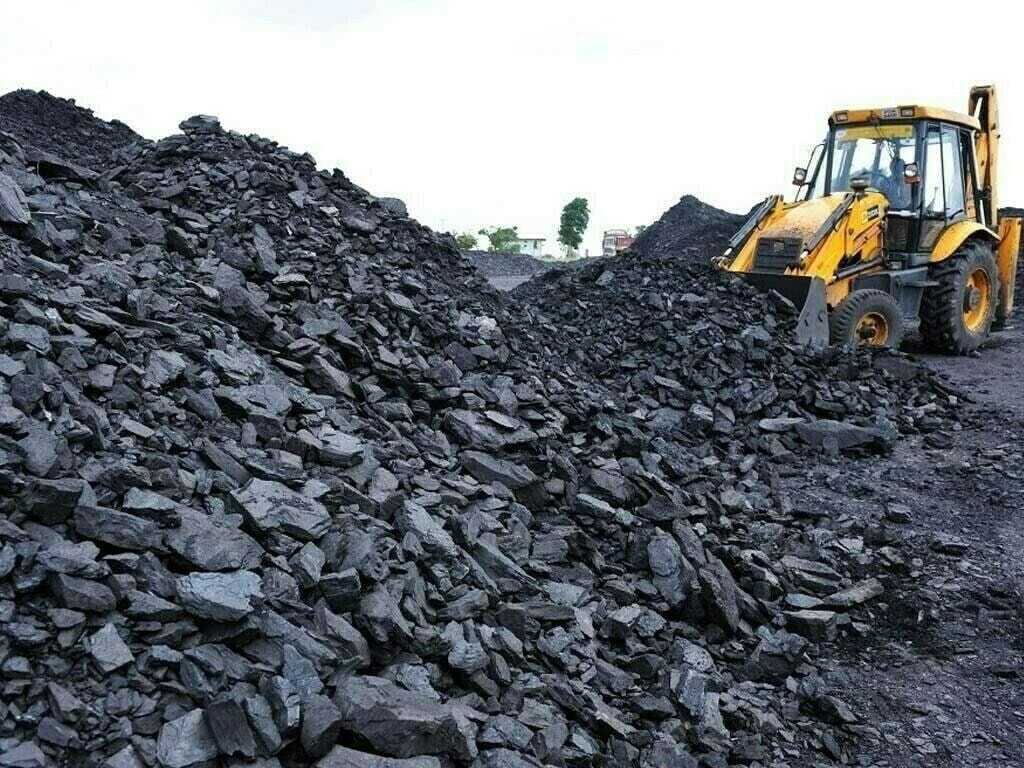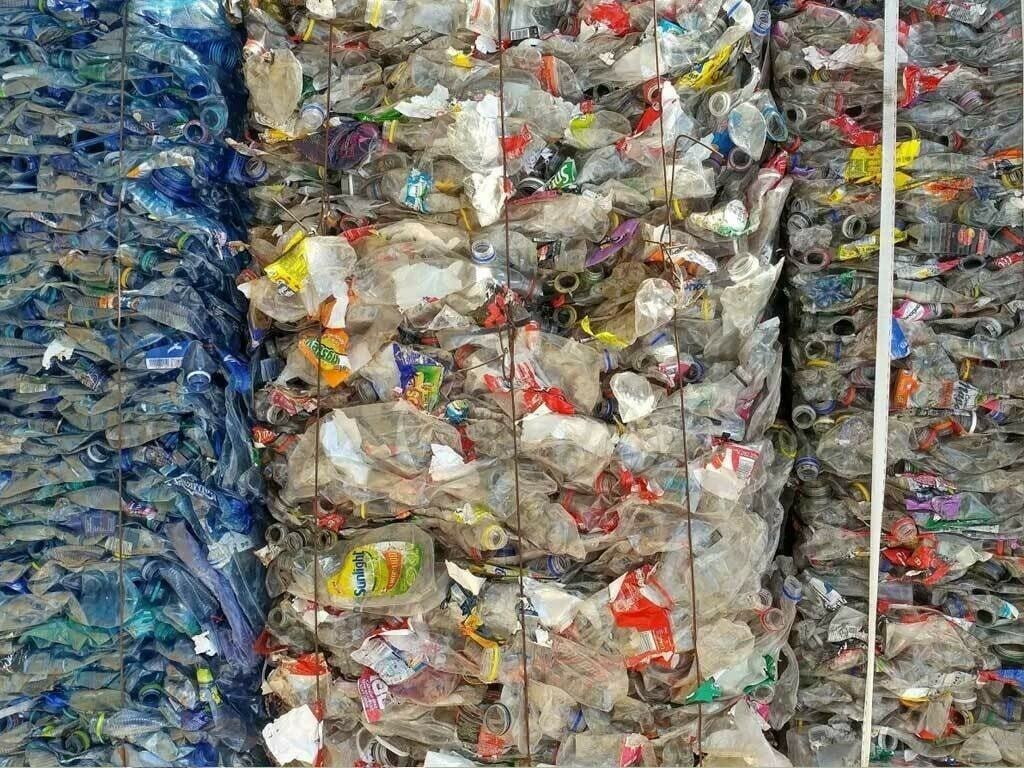By Shahid Sattar | Asim Riaz
Pakistan has been facing a host of challenges that have seriously impacted its development, growth, economic progress and political stability. Inconsistent policies, cross subsidization, resource misallocation, underperforming agriculture, unemployment, untapped female workforce, and rising energy prices are pressing concerns for Pakistan’s Industry.
Often, hasty decisions aimed at addressing immediate issues neglect broader, holistic strategies, leading to short-sighted decisions that hinder the country’s economic growth. Long-term stability of Pakistan depends upon resolving fundamental economic issues. In this context, it is important to recognize the criticality of facilitating the export industries which result in net inflow of dollars and foster economic stability.

Globally, there exists a 99% correlation between energy and GDP, with materials demonstrating an absolute 100% correlation to economic output.
It is pertinent to mention that primary objective of State is survival and when faced with substantial fiscal and current account shortfalls, the industrial sector’s paramount importance becomes evident, as these deficits represent an existential threat to the nation. Pakistan has a low literacy rate, suboptimal agricultural yield and limited female participation in the workforce, stemming from deeply ingrained gender norms. Overcoming these issues necessitates long-term strategies.
Hence, this article primarily focuses on ‘energy’ as one of the main challenges affecting Pakistan’s export sector as it can be addressed swiftly.
Concerns over the reliability of vital energy sources have shaped public opinions and political agendas, eventually affecting broader security issues ranging from risks of armed conflicts to the viability, integrity and stability of political systems and national economies. In 2021, the Global Primary Energy Supply was 584 Exajoules (EJ), equivalent to about 100 billion barrels of Oil or 281 million barrels of oil per day (mbpd) out of which 100 mbpd from oil, 65 mbpd from gas, and 75 mbpd from coal, totaling 240 mbpd from fossil fuels whereas Wind and Solar only provide 5.5 mbpd.

To grasp the gravity of our energy dependence, consider that a barrel of oil, currently priced at ninety dollars in the open market, equates to roughly 5 years of human labor. Global economic framework relies on an annual consumption of 100 billion barrel-equivalents of coal, oil, and natural gas, effectively introducing an additional 500 billion units of labor into our human system, complementing about five billion real human workers.
The economy, as measured by global GDP, increased exponentially in fossil-fuel era levels to a staggering $105 trillion today. Accordingly, industrialized European nations have taken proactive measures to shield firms from surging energy prices and becoming uncompetitive, over EUR 600 billion between 2021-23, according to Bruegel (Sgaravatti et al., 2023).
Energy shifts human work to machines increasing productivity of a Nation. While this intricate relationship remains largely overlooked in Pakistan, with domestic consumers historically receiving top priority in allocation of resources such as Indigenous Gas. This approach, while aiming to provide affordable energy to households, has led to industrial consumers subsidizing domestic sector.
Pakistan has historically favored prioritizing the household sector which consumes over 50% of the total electricity/gas in last 5 years; a consumptive demand with no contribution to economic growth and it is being cross-subsidized in two tiers. First, capacity payments, which have increased due to cooling load in component-wise tariff while industrial consumer demand is almost flat and could be met with limited installed capacity.

Second, unjustified cross subsidies incorporated in the Industrial Tariff to cross-subsidize household cooling load encourages non-economic consumptive load and inefficient use and allocation of energy resources.
The power sector in Pakistan is host to multifaceted and apparently insurmountable inefficiencies, including transmission, distribution losses, financial burden from Independent Power Producers’ (IPPs’) idle capacity payments(in FY 2021-22, out of 30.3 GW base load thermal power plants, 54% remain unutilised – Nepra). Capacity payment was only Rs 2 per kWh in FY 2013-14 to Rs 17 per kWh in FY 2023-24 before rebasing while base load remained 7-8 GW.
With industrial base load of about 8 GW at present large seasonal and intra-day variations in grid electricity makes capacity surpluses very expensive. NTDC supplied 25.5 GW at mid-night on August 21, 2023, which implies about 21 GW to supply seasonal ventilation and ACs load (Cooling load) as reserve margin would be required for reliability of supply. Average generation cost per MW in a power system is around USD 2.5 million per MW.

The associated T&D infrastructure cost is about USD 1.5 million per MW, which makes it total CAPEX USD 4 million per MW. Hence, 21,000 X 4 = USD 84 billion CAPEX was required to serve 17,500 MW additional cooling demand which has a very low utilization factor of 30%. To tackle these issues, proposed solutions involve reducing losses, restructuring debt, lowering industrial tariffs, improving transmission, optimizing capacity usage in winter months, and transitioning to local Thar coal for certain projects.
Nonetheless, achieving a sustainable, durable and effective economic outlook requires a fundamental shift in management and strategic thinking of the energy sector.
There is lack of transparency in gas pricing mechanisms, political reluctance to implement reforms; and regulatory weaknesses have resulted in revenue, gas development surcharge shortfalls and a substantial circular debt problem in the gas sector.
Consumption in households exceeds 1 billion cubic feet per day (bcfd) in both Suis when considering high Unaccounted-for Gas (UFG) in the feeder main of Gas Utilities. Domestic consumption in the SNGPL System Gas consumes staggering 61% of the annual intake at under $1.5/MMBtu, requiring diversion of spot LNG cargoes in winters due to load profiling.
It is an untargeted subsidy that primarily benefits the affluent urban population, which constitutes 80% of the demand and incurs a significantly higher cost of service. Expensive spot LNG purchases raise the weighted average price of LNG, a burden yet again borne by the industry.

Numerous challenges are faced in this supplying Piped Natural Gas (PNG) to domestic sector which includes limited carrying capacity, gap between connected and contractual load, ageing infrastructure, unplanned spaghetti network, leakages, measurement and billing errors coupled with the practices of gas load shedding and fluctuating demand/load profiles—ranging from daily and weekly variations, notably on Fridays, to monthly and seasonal shifts—further aggravating the gas losses.
Reported reduction in SNGPL’s UFG appears inconsistent with decreasing Bulk to Retail ratio, raising questions about the accuracy of the figures. Ironically, SNGPL’s reported UFG levels have reduced by 50%. Needless to say, this needs to be audited and verified by independent consultants.
Sui companies practicing price discrimination manipulate UFG levels by reallocating losses to lower-priced system gas units shifting them to the RLNG Industrial consumer, which results in increased energy costs for industries, damaging the economy even. Prioritizing the allocation of indigenous gas should first focus on maximizing its economic value addition, particularly considering export industries or to create a National Basket Price including RLNG.
Government-imposed charges and taxes, inefficiencies and UFG on RLNG substantially raise its consumer cost, affecting affordability. At present, cost of transporting LNG from Karachi to Lahore about 1200 km via the LNG Virtual Pipeline is $3/MMBtu and within 200 km is $0.5/MMBtu, while SNGPL and SSGCL RLNG distribution through gas pipelines adds an about $3.3/MMBtu in Delivered Ex-Ship (DES) price, a seemingly inconceivable difference in expense as globally gas pipelines are the most efficient way to transport energy through molecules.
An independent consulting firm is required to report on high RLNG transportation costs and UFG issues, with the aim of rationalizing supply chain expenses and preventing undue additional costs from being passed on to the consumers.
Providing affordable and reliable energy to the industrial sector involves a complex interplay of various disciplines, including economics, politics, geopolitics, institutions, laws, and regulatory framework of a Country. Thus, how we choose to define our energy policies, rules and regulations are of paramount importance for our survival as a state as the world has scarce resources.
Pakistan’s household gas consumption parallels that of the US and European countries, with cross-subsidies, borne by industries, benefiting the rich far more than the poor. Our economy hinges on the rationalization and transparent mechanism of energy pricing. Establishing a Gas Market will address untargeted subsidies, misallocation, and inflated demand in the long-term.
However, for the short term, there’s an urgent need to eliminate gas price anomalies as not only will it be instrumental in promoting exports, it will also be sending right price signals for conservation and optimal utilization of both indigenous and imported fuels in the domestic sector. Attempting to boost exports as envisaged by the Government, while poor governance in energy sector remains, is not achievable.

















